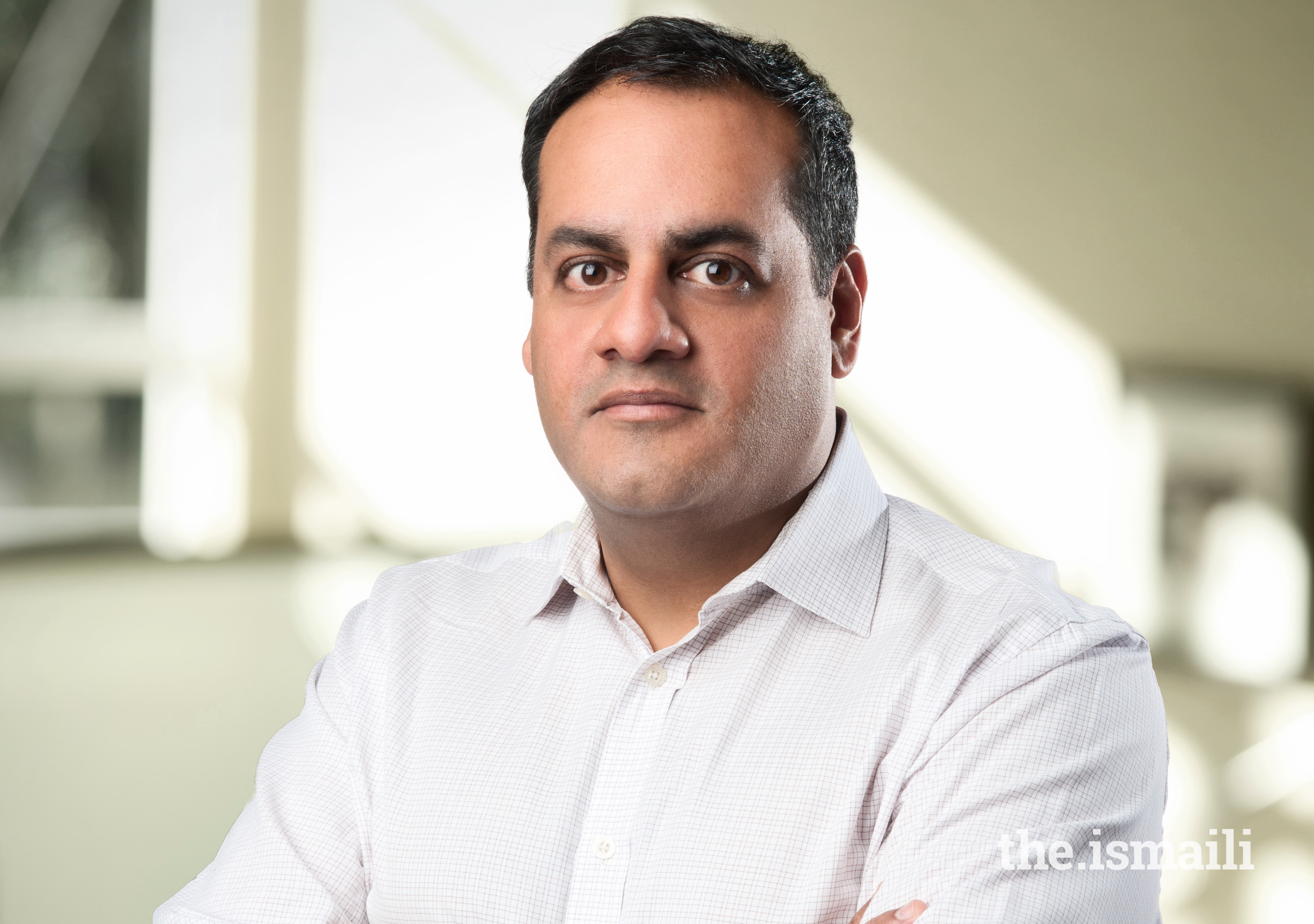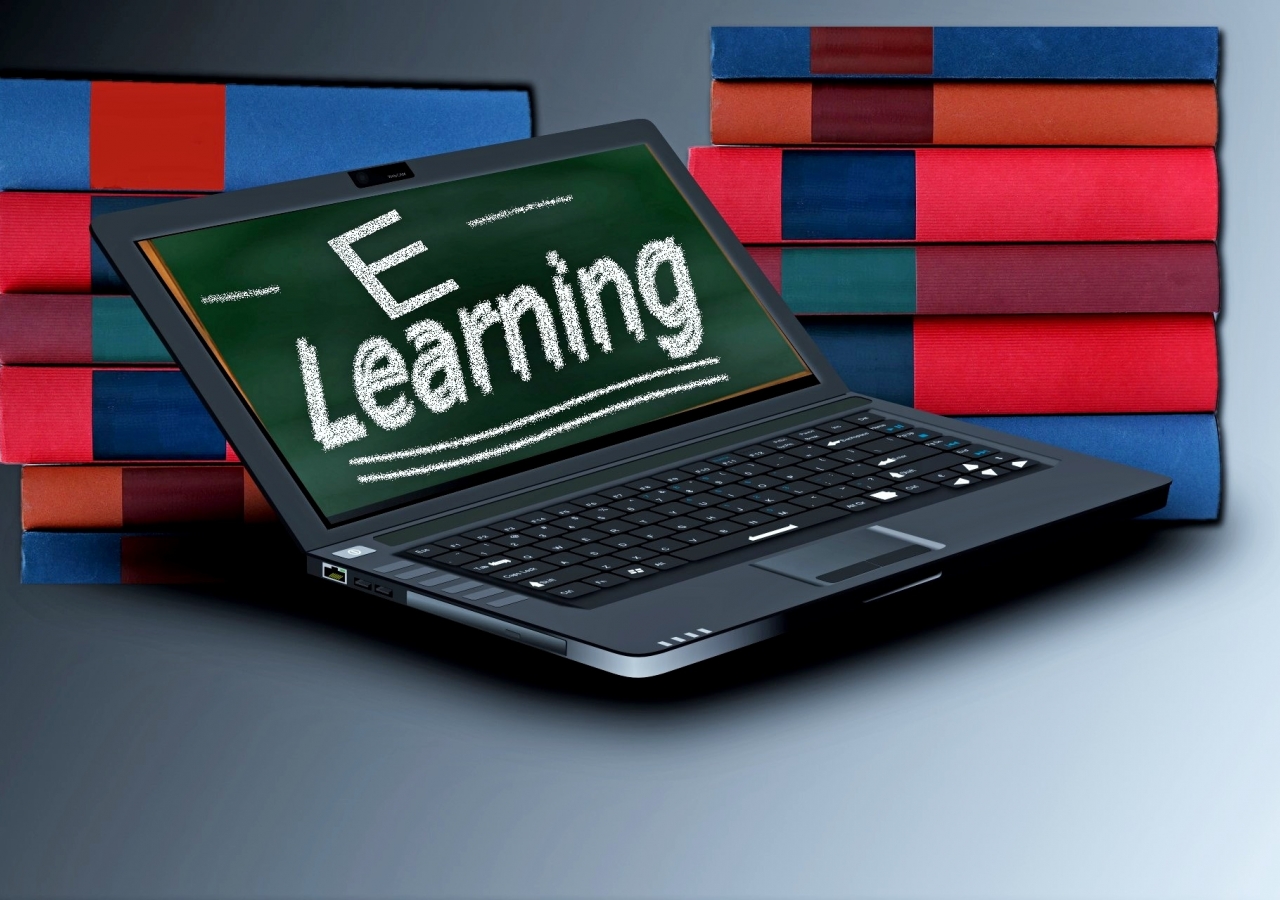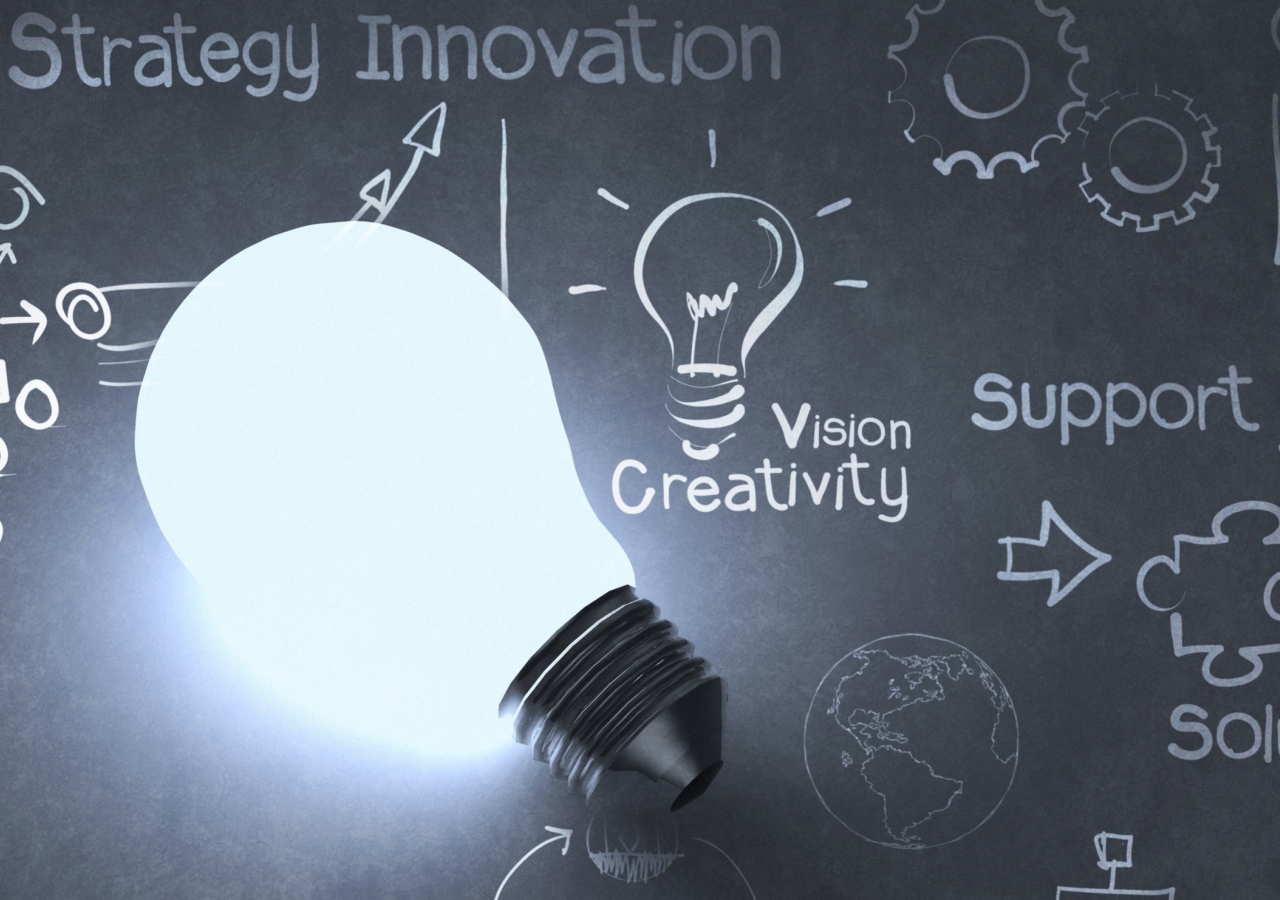Foreword
Nazim Karim
It has been said that until 1900, human knowledge doubled every century. By the end of World War II, it was doubling every 25 years. Today human knowledge is doubling every 13 months and, according to IBM, this period will be reduced to every 12 hours. We are familiar with IBM's Deep Blue supercomputer that won a match against the world chess champion; now we see self-driving cars and robots replacing humans in a number of fields, while gene therapy and the use of nanotechnology can deliver drugs to specific cells to treat diseases.
What will be the impact of these discoveries on our lives in the future, and how do we prepare for the social changes that are inevitable? These are issues of concern to politicians, educators, and the public. How the students of today and the professionals and leaders of tomorrow understand these new fields and resulting changes, will determine the individual's and the society's quality of life in the future.
Disruptive innovation is a word with negative connotations, as it affects employment, even though it may be of value to the consumer. One of the major topics discussed at Davos and of concern this year was precisely this---the size and intrusiveness of tech companies, the impact of artificial intelligence on employment and China's lead in this field. The World Economic Forum’s Future of Jobs report estimates that within five years, five million jobs will have been lost to automation. Almost every field of endeavor has seen such disruptions...from Amazon's impact on retail sales to Uber and Lyft on transportation, and 3D printing in manufacturing. Some fields that are expected to expand in the future include cybersecurity, robotics, software development, climate change science and solutions, and biotechnology.
Change is inevitable. But the portents of change need to be addressed today, as the skills that will be in demand in a decade need to be those harnessed now by students, allowing them to contribute not only to their own financial security but to use their knowledge for the benefit of society. The notion of education being used as part of one's social responsibility has been noted by Mawlana Hazar Imam, and is not only an Islamic ethic but can be traced also to Socrates. Addressing these future changes requires new models of learning, technical skills, critical thinking, creativity, and collaborative and communication skills.
Articles on this topic presented here discuss the need for education, from early childhood to becoming lifelong learners, and some of the new fields that students may wish to consider, as well as the implications for society. What is not addressed, and requires consideration, is the recognition that despite the acceleration in knowledge, we are realizing how much we do not know...and may never know, at the level of the molecular, and the cosmic. And there is an ethical dimension to be considered for many innovations, especially in medicine, such as cloning and stem-cell research. As the Imam has said, intellectual humility is required and human knowledge has limits. Beyond that, one must have faith.
The first article in this series on Education, the Future, and New Skills is featured below. Happy reading!
An Education to Last Two Lifetimes
Rahim S. Rajan
rahim_rajan_20120516_0025.jpg

"...In an age of accelerating change, when even the most sophisticated skills are quickly outdated, we will find many allies in the developing world who are coming to understand that the most important skill anyone can learn is the ability to go on learning."
Mawlana Hazar Imam, the Peterson Lecture, Annual Meeting of the International Baccalaureate, Atlanta, Georgia, April 18, 2008
We live in an age of incredible velocity. All around us technological innovation moves at a speed unimaginable 25 years ago. As famously phrased by Marc Andreessen in 2011, “software is eating our world.” An entire generation exists that has no memory of life before smartphones – a pocket machine that has more than 200,000-300,000 times the memory of NASA’s Voyager spacecraft.
Whether we consider the near potential of self-driving or flying cars,1 machine learning computer programs capable of self-correcting and performing specialized skills at a level of fluency of world-class trained machines,2 or CRISPR, a technology that enables scientists to make specific changes to DNA of living organisms – the pace and marvel of scientific discovery around us is difficult to fathom.
And while the pace of scientific change is unquestionable, we are also living through a period of immense national polarization and growing inequity. Our economy’s seemingly endless ability to propel citizens out of poverty and into the middle class has become irascible and unpredictable. For example, over the past 50 years, the wealthiest quartile in our nation have experienced significant and large gains in income, while the wages for those in the bottom two quartiles have either declined or remained stagnant.3
With respect to education, a student’s success in US higher education is increasingly a factor not of one's motivation or academic achievement in high school but socio-economic status and family income.4 It is predicted that by the year 2025, two-thirds of all jobs will require a post-secondary education of some sort; yet, at “the rate the US is producing college graduates, however, the country is expected to face a shortfall of 11 million skilled workers to fill those roles.” 5
Our educational systems are not performing as well as they must in order to meet the shifting demands of our economy. While many more Americans attend college today than 30 or 40 years ago, on average we still only graduate 50% of all students that go to college. The United States is home to many of the world’s leading and premier research universities but less than 5% of all American college students ever enroll at these elite universities.
Recent research by Stanford University economist Raj Chetty, has unearthed disturbing correlations between social and economic mobility and geography. Chetty’s research concludes that there is a direct and measurable correlation between the likelihood of improving an individual’s socio-economic mobility based on where one lives. Furthermore, the prospects of children having a higher standard of living than their parents – essentially, upward income mobility – has fallen precipitously in the US over the past 50 years from 90% to 50%. So, both things are true. We live during a moment of unprecedented scientific and technological innovation and progress, and yet our nation’s ability to lift people out of poverty and into the middle class is worse than before.6
We must consider and reflect on how these trends may impact future generations and the continued progress of our Jamats, families, and communities. As parents, grandparents, or students, we must ask ourselves what can we do to better prepare and equip ourselves and our communities to succeed and thrive given this context? Our Imam communicated the immensity of change that this scientific age would unleash on our lives as early as the mid-1970s when he encouraged the global Jamat to prepare for an information age of a scale like the industrial age of the 19th and 20th centuries. Later, in the mid-1990s, he asked us to pursue educational excellence and prepare ourselves to compete and succeed in a society governed by the primacy of learning and knowledge – a meritocracy.
While some may question whether these technological advances will create massive job losses and the need for a universal basic income, or whether we’ll finally get to experience a life of utopian creativity and superhuman capabilities, one critical decision will need to be made: how and to what extent we plan and invest in our intellectual and ethical development and life-long pursuit of knowledge and learning. As we ponder the decade ahead and consider the challenges ahead, here are some emerging educational trends worth reflection:
From formal schooling to a lifetime of learning and skills development
It is increasingly clear that the pace of knowledge expansion and intellectual and scientific change necessitates the lifelong pursuit of skill development and learning. Whereas a generation ago, success in high school was still a legitimate pathway to a middle-class job, this is increasingly not the case. Most of today’s entry-level jobs require education beyond high school but it is likely that within a decade, hundreds of thousands of lower-skilled jobs (truck drivers, wait staff, secretaries, etc.) will be eliminated by intelligent software, and those nations will have to provide citizens with opportunities for rapid skill development and lifelong learning.7
Regional and State-based initiatives to improve education attainment
The recent Presidential election marked an important debate around the cost of higher education and the merits of “free college.” California’s Governor Brown recently signed a bill that would effectively lay the groundwork to waive first-year fees for all students attending any of California’s 114 public community colleges. In Texas, the Houston GPS initiative launched a regional collaboration of Houston’s major higher education institutions to significantly improve success and retention rates. As regions increasingly compete for public and private investment to ensure economic growth, we can expect these local and regional efforts to grow.
Learning, unbundled and unbounded
Given the growth of high-speed internet networking, cloud computing, and more sophisticated tablet and mobile device availability, learning is increasingly not just available in a brick and mortar setting – but online. According to a 2016 report by the Babson Survey Research Group, more than a quarter of US college students take at least one online course. While overall higher education enrollments decline as the economy improves, enrollments in online education continue to increase. 8
With the growing availability of online learning via services such as Coursera, Khan Academy, Udemy, EdReady, Udacity, edX, and Lynda, there are literally thousands of courses accessible online focusing on everything from technical subjects such as Python, Data Science, and Machine Learning, to humanities or social science-related topics such as Jazz Improvisation, and Macroeconomics. With more than 60% of American college students working while attending college, the flexibility provided by digital learning is immense, not to mention the possibility of colleges and universities finally finding ways to help contain and slow rising costs.
There is also greater interest by employers and educational providers to “unbundle” the degree and provide greater access and visibility to electronic portfolios. So rather than a student acquiring an education and training at one institution, in a world of constant learning over decades, individuals will able to bundle and showcase an array of credentials and talents (licensures, badges, apprenticeships, certificates, degrees, etc.) packaging them together in an online portfolio—a virtual “learning record” consisting of not just scores and grades but actual artefacts and derivatives, proofs of mastery and evidence of learning.
To navigate this complex future, we should remember and think about the profound advice we have received from our Imam over the past 60 years. His wisdom equips us with the knowledge and values necessary to chart through difficult terrain to ensure our nation’s collective prosperity and health: the pursuit of educational excellence, intellectual engagement, a cosmopolitan and international outlook, our commitment to strengthening civil society, the importance of generosity, kindness, the dedicated improvement of our societies and communities as a principal duty, well beyond the self-aggrandizing pursuit of wealth, and the activation and realization of greater pluralism in our communities through a recognition of our common humanity.
Overcoming the challenges ahead will require us to undertake a lifelong pursuit of learning and personal development sufficient to last two lifetimes of change.
Footnotes
- “The Death of the Internal Combustion Engine,” Economist (2017, August 12).; for flying cars keep an eye on a Mountain View-based startup called
Kitty Hawk, https://kittyhawk.aero/. - Esteva, A., Kuprel, B., Novoa, R. A., Ko, J., Swetter, S. M., Blau, H. M., & Thrun, S. (2017, January 25). Dermatologist-level classification of skin cancer with deep neural networks.
- Nunn, J. S., Harvard Business Review (2017, October 24). Why Wages Aren't Growing in America.
- See University of Pennsylvania’s Pell Institute’s 2017 Historical Trend Report on Indicators of Higher Education Equity in the United States at http://pellinstitute.org/downloads/publications-Indicators_of_Higher_Education_Equity_in_the_US_2017_Historical_Trend_Report.pdf
- Gates, Bill. “Help Wanted: 11 Million College Grads.” Gatesnotes.com, 3 June 2015, www.gatesnotes.com/Education/11-Million-College-Grads.
- For a more detailed overview of this profound and important research on the connections between geography, education, demographics, and social mobility in the United States please refer to The Equality of Opportunity project website: https://opportunityinsights.org/
- Semuels, Alana. “The Parts of America Most Susceptible to Automation.” The Atlantic, Atlantic Media Company, May 3, 2017.
- Also see “Special Report: Learning and Earning.” The Economist, January 14, 2017.
- See http://www.onlinelearningsurvey.com/reports/onlinereportcard.pdf










